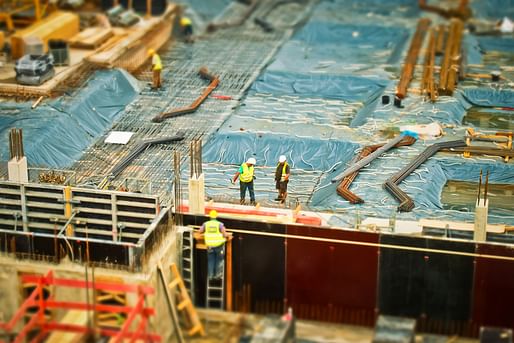

Scientific American has published an opinion piece by the publication’s editors, highlighting the role of building codes in saving “money and lives.” Citing the growing number of “multibillion-dollar disasters” striking the United States, the opinion piece makes the argument that buildings built to meet or surpass stricter building codes have demonstrated more resiliency than buildings built before such codes were introduced.
In setting out its case, the piece looks to the model standards set by the International Code Council, which are updated every three years in response to testing of building methods, surveys conducted after disasters, and other research. The editors cite a 2018 Land Economics study that found that houses built after Florida adopted statewide codes based on the ICC’s model say 72% fewer insured losses from wind-related damage, while a separate FEMA/National Institute of Building Sciences report found that for every $1 spent on conforming to the 2018 ICC code, $11 in damage costs are saved.
“The codes are written to apply to locally relevant hazards, from how high to raise a house to avoid flooding in Louisiana to how much shaking a building in San Francisco should be able to withstand,” the editors write. “ICC officials tell us that the methods they recommend can be as simple as using a certain type of nail or connectors that prevent roofs from blowing away in high-wind events.”
In addition to stressing the importance of building codes in protecting people and properties, the piece addresses several flaws and misconceptions surrounding the incorporation of ICC codes in the United States. Citing a 2020 FEMA study that found that 65% of counties, cities, and towns have not adopted the most recent building codes, the editors criticize a “confusing patchwork” of code adoption across the United States.
“The federal government—which has limited means to influence building codes—must ramp up efforts to tie relevant state and municipal funding, such as predisaster mitigation grants, to having up-to-date building codes in place,” the editors continue. “It should also provide more funding for jurisdictions to meet hazard-resistant codes, in addition to energy-efficient ones.”
Previous feature articles on Archinect have explored the consequences of relaxed building standards in the context of the Champlain Towers collapse in Florida and several building fires in low-income housing across the United States.
No Comments
Block this user
Are you sure you want to block this user and hide all related comments throughout the site?
Archinect
This is your first comment on Archinect. Your comment will be visible once approved.